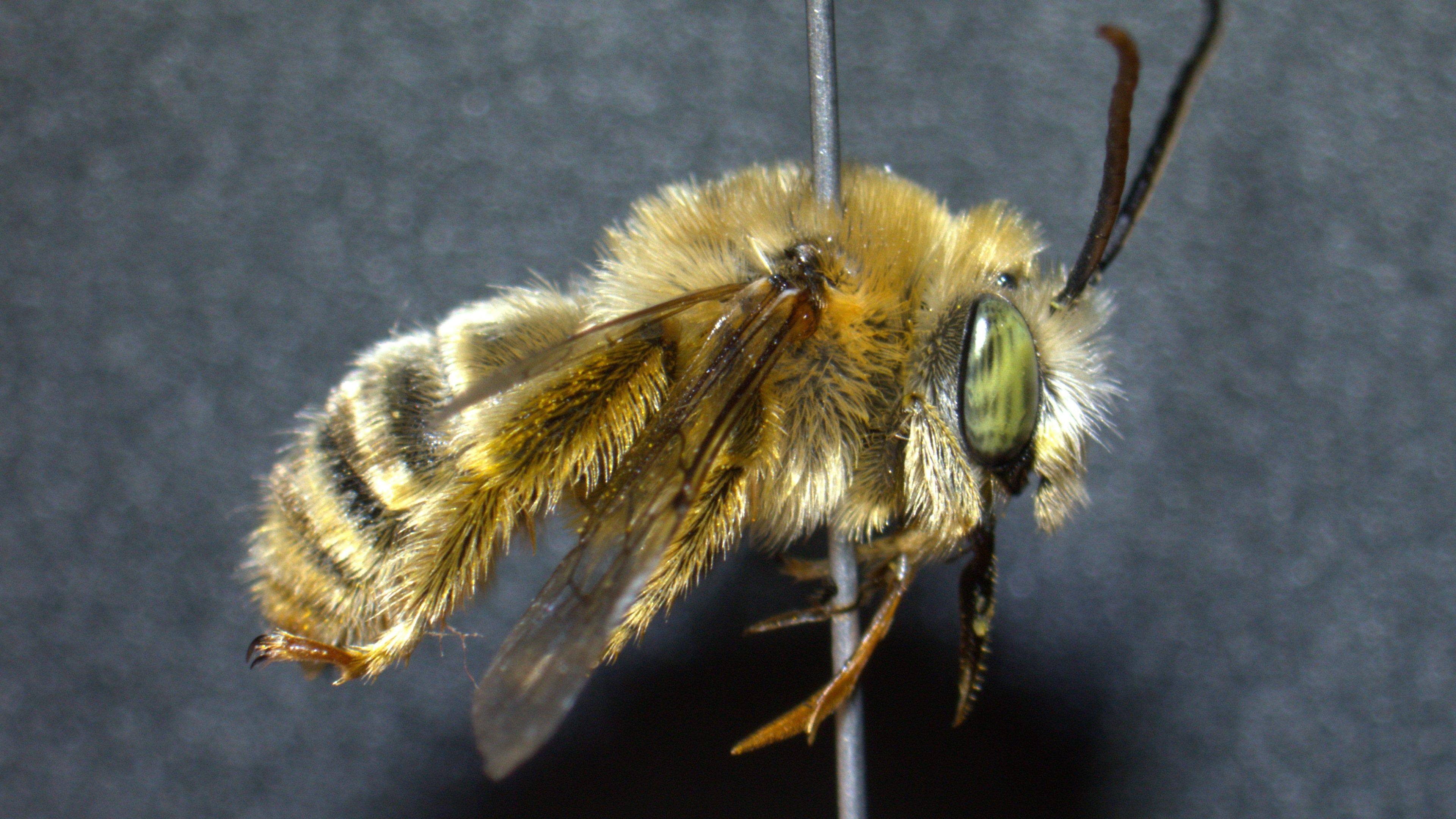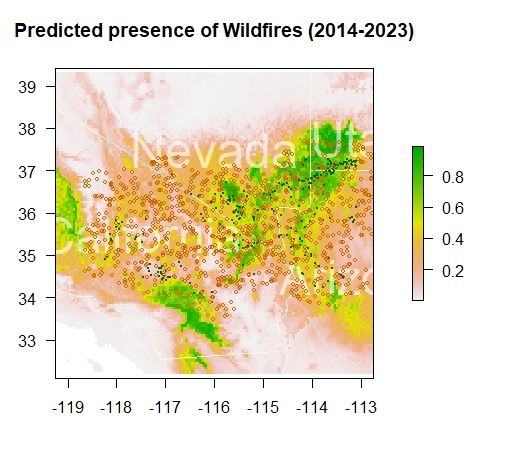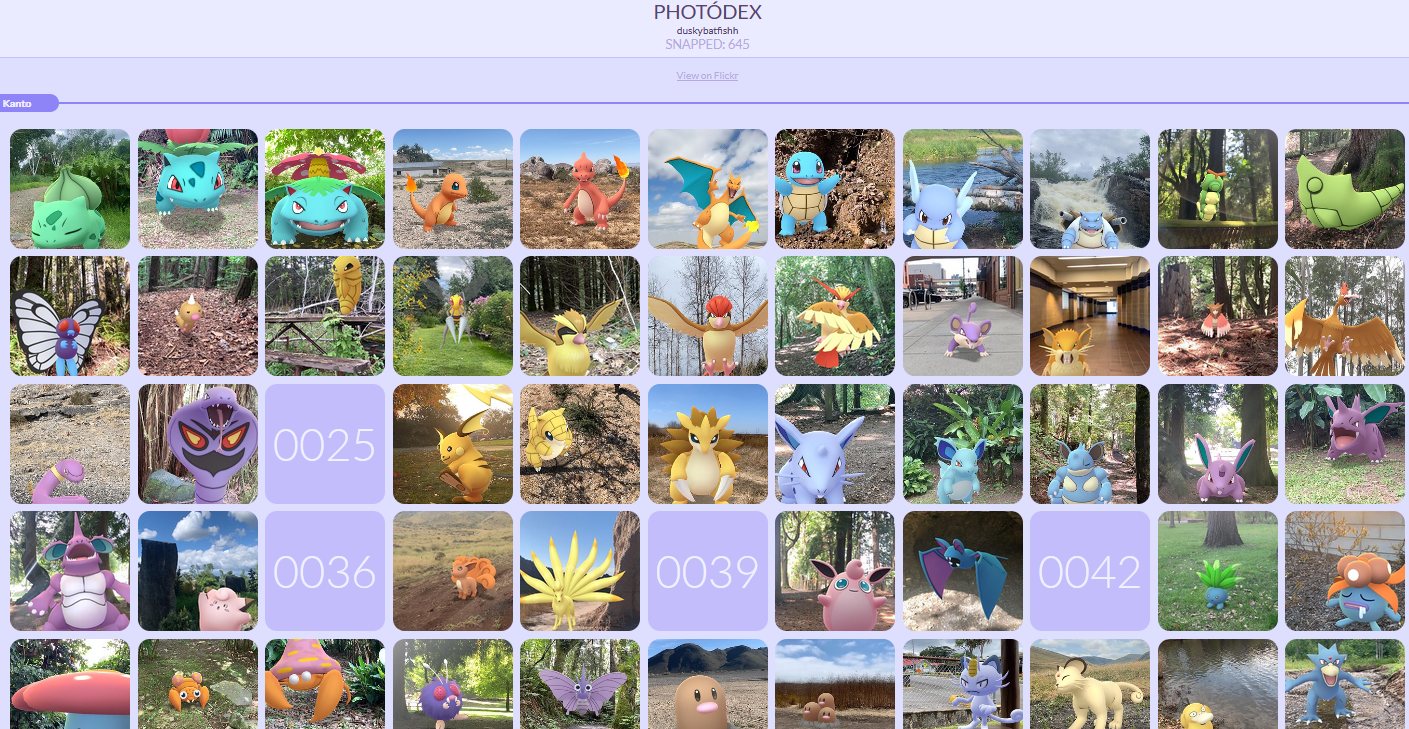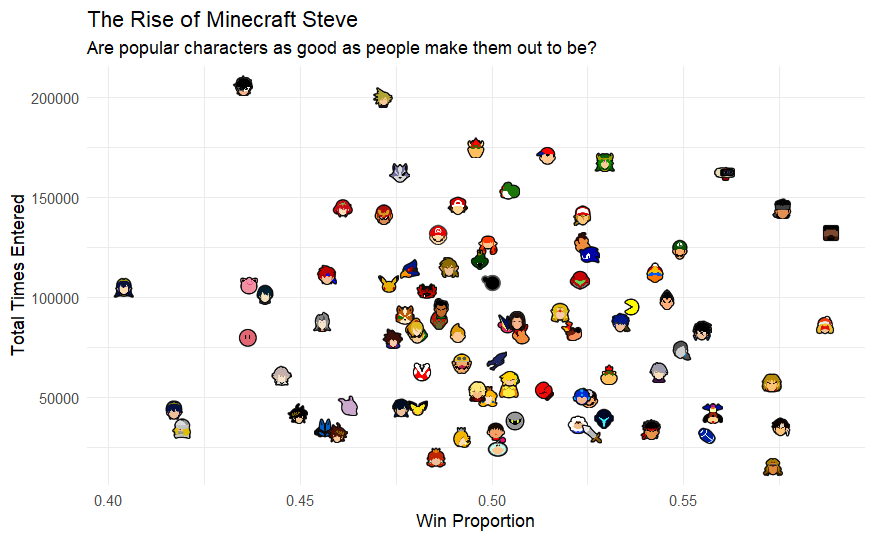This is my Story
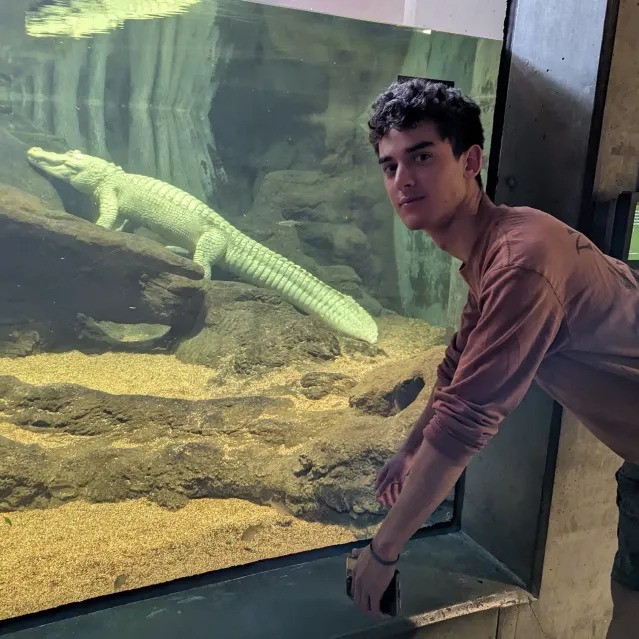
I'm a graduate student in Data Science at Willamette University, where I also
earned a B.S. in 2024 with a minor in Biology. Since 2022, I've worked in Briana
Lindh's bee lab studying Oregon bees, and we are currently collaborating on my
capstone research project.
In Summer 2024, I collected specimens in Montana's remote Hi-Line for Casey Delphia's
Wild Bees of Montana Project at MSU - Bozeman. My current focus is on developing tools
to streamline Professor Lindh's future research. Using computer vision, bioinformatics,
species distribution modeling, and more, we will gain a better understanding of the
specimens already in our inventory, methods to improve capture of new specimens, and
generate new insights into the genetic, morphological, and ecological
connections they all share.
My goal is to bridge traditional methods of field biology with modern computational
tools to better understand native pollinator ecologies, especially as they face
increasing pressure from climate change, habitat loss, invasive species, and other
factors. By synthesizing these diverse datasets, I hope to help document part of
Earth's miraculous biodiversity before any more of it is irreversibly lost.
Programming Languages
Languages I use for data analysis and database queries.
Workflow and Development
Tools I use for writing and versioning code.
Data and Visualization Tools
Tools I use for data exploration and visualization.
Productivity
Tools I use for communicating findings.
